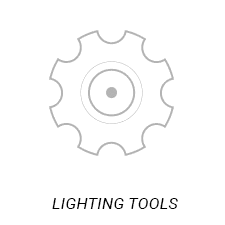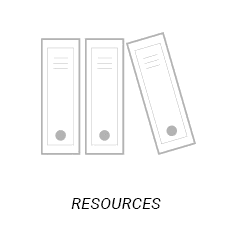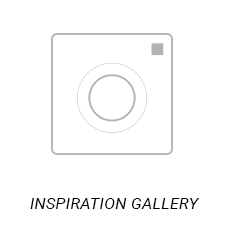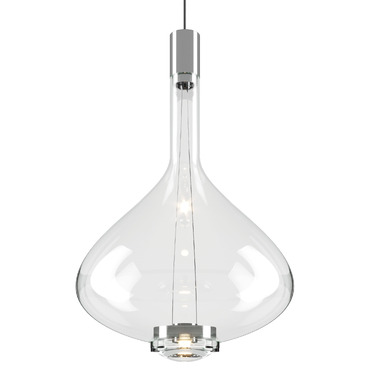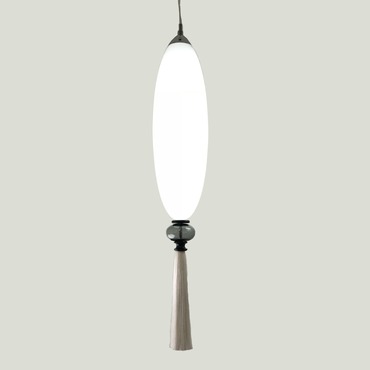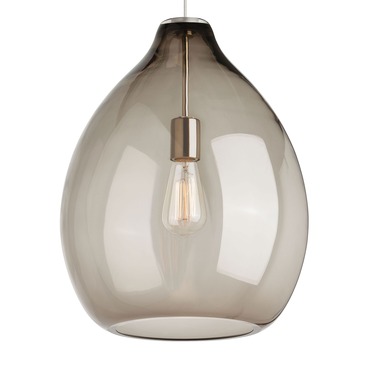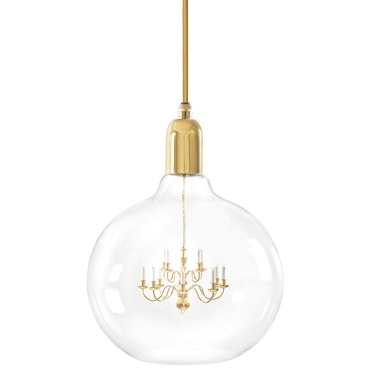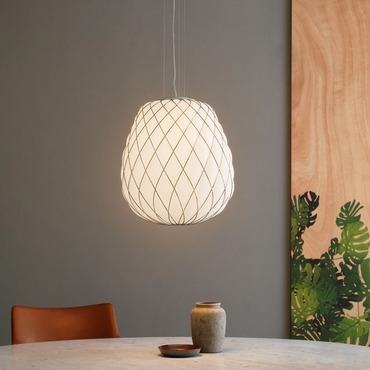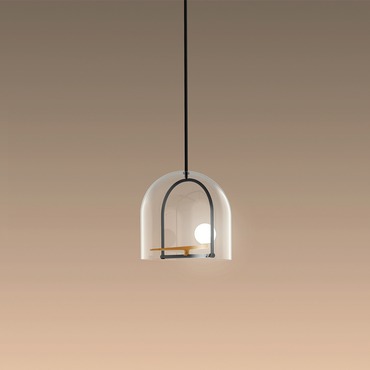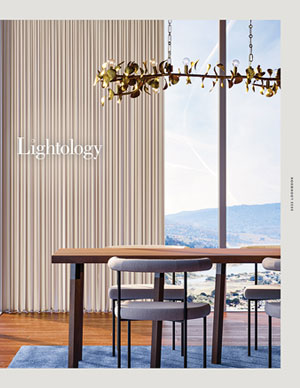- Showroom
- Design Services
- Support Center
- |(866) 954-4489
-
0
Your CartOrder Subtotal0.00
- 0
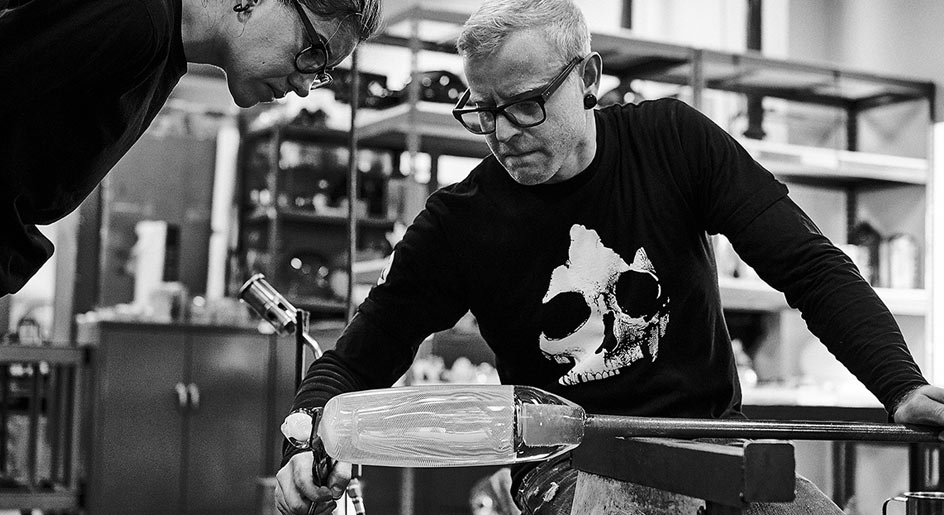
Meet the Glass Blowers at
Keep Brooklyn
In a world of manufacturing machines, automation, VR and AI, hand-craftsmanship stands out. Small variations from piece to piece, attention to the tiniest of details, improvised edits and enduring quality help the modern makers of today keep a leg up on their robotic counterparts.
No one knows this better than the Brooklyn glass blowers at Keep. With one foot firmly rooted in the past, and designs pushing the lighting world forward, Keep have crafted their own take on glassblowing - an art form that dates back millenia. Their small crew craft glass the same way it was done thousands of years ago, sparked by husband and wife Adam Holtzinger and Susan Spiranovich.
For more than a decade, Adam produced works for prestigious designers Jeremy Pyles of Niche Modern and Lindsey Adelman. Today, he brings his own creations to life through Keep. We caught up with Adam and Susan to chat old world craft, new designs and the risks of working with glass.
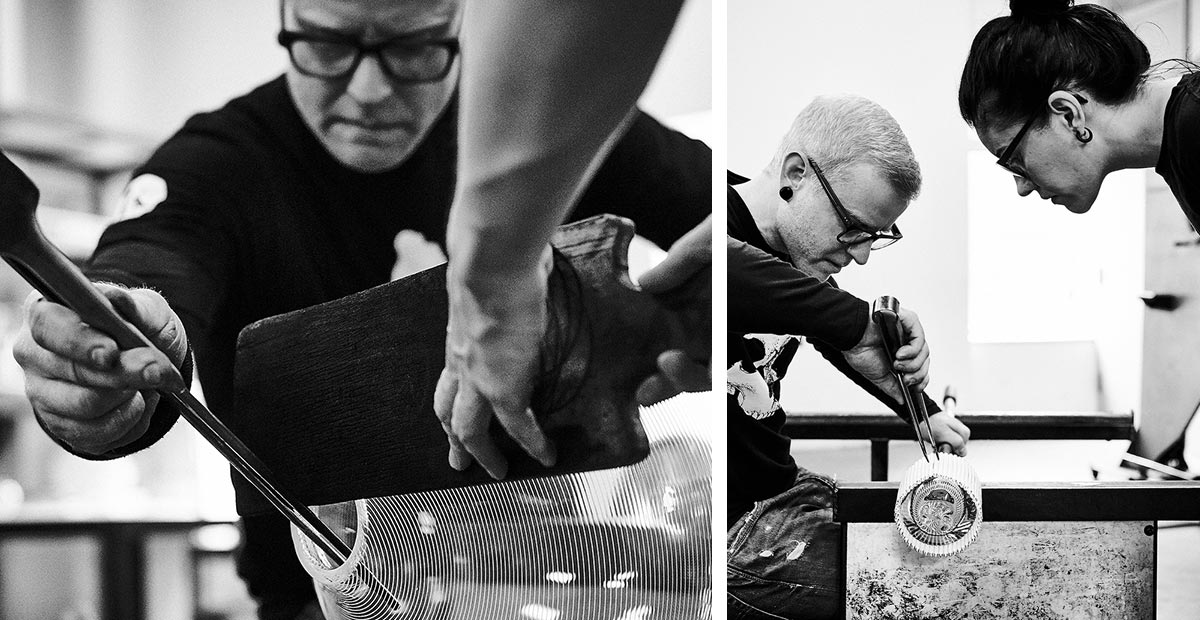
There’s a lot of equipment required for glassblowing, which is to say it’s not like painting or drawing. How did you get started in this artform?
I first saw glassblowing in 1999 when I was in school at the Cleveland Institute of Art. I had never seen anything like it. I was completely mesmerized! I remember thinking at that time, “why have I never seen this before?” I had to try it, so the next day I signed up for a class. I haven’t stopped making glass since.
For those entirely new to glassblowing, what are the steps involved?
Years and decades of practice! Even when making the same object over and over, the steps may change, as you’re constantly reacting to the material. Some people compare glass making to a dance. I prefer to think of it as a dialogue, a conversation between the material and the maker. That being said, no conversation is ever the same. It’s fluid, it moves and it changes at every moment.
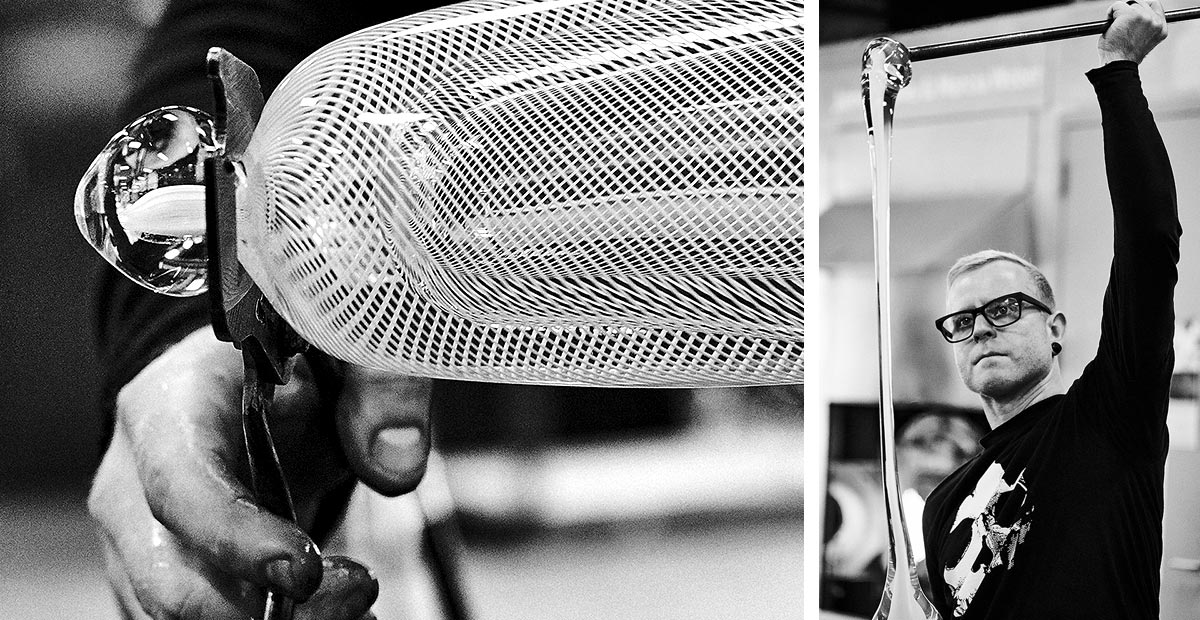
What were some of your first glass creations? What about lighting, what was your foray into that world?
My first glass creations were simple (sloppy) forms like cups, bowls, vases, etc. In the beginning, it was all about practicing hand movements, body mechanics and repetition. The creative part of glassmaking for me came much later after a ton of practice. I was first introduced to making glass lighting when I came to Brooklyn in 2003, making prototypes and production for lighting designers. This type of glassmaking spoke to me because I was and am interested in making glass that is functional and available to most, rather than making art that sits in a gallery.
Glassblowing seems like a pretty unforgiving artform - how do you deal with mistakes when they happen?
This is a great question. I don’t make mistakes. Just kidding, blowing glass is an active craft of problem solving. This is the perfect example of the dialogue with the material I speak of. It’s a constant process of failure, reaction, making adjustments and learning from the material. Just like anything else, mistakes are critical to growth and learning.
Just like anything else, mistakes are critical to growth and learning.
Tell us about Keep - where do you manufacture? Who are the people behind the glass?
All of our KEEP lighting is produced in downtown Brooklyn at Urban Glass. We do our finishing and assembly in our studio in Red Hook Brooklyn. The initial design and prototype process is done between my partner Susan and I. The production is comprised of a small team including myself, Susan and 1 to 2 assistants. These assistants are absolutely critical to the process and could not be made without their skill and dedication.
What is your philosophy with your work at Keep? What inspires your designs?
Our philosophy at KEEP is to maintain the craft and tradition of glass making, making objects people will hopefully keep in their homes for a long time. We live in an era of instant gratification, so the idea of taking time and learning how to make something with our hands is very important to us. We believe that it shows in each one of our pieces. This idea of tradition and a lifelong dedication to mastering a craft is also the reason we’re so inspired by Italian glass from the 1920’s-1960’s. The level of craftsmanship is remarkable.
We live in an era of instant gratification, so the idea of taking time and learning how to make something with our hands is very important to us.
What’s your favorite piece you’ve created?
For me it’s really about the process, and so every piece I make at that time has importance or becomes a favorite in a sense. The most meaningful pieces I’ve ever made are two little blue flower petals that were tied to Susan’s bouquet for our wedding day.
What is the future of glassblowing?
Tough to say really. I think with social media moving as quickly as it is, exposure to glass making and glass blowing is really high. In the future, I think that even more of the public at large will know what glass blowing is and hopefully have a better understanding of what goes into the craft itself, which will hopefully lead to more collaborations and cross pollination with other media.
All studio images courtesy of Dean Podmore ©2017


